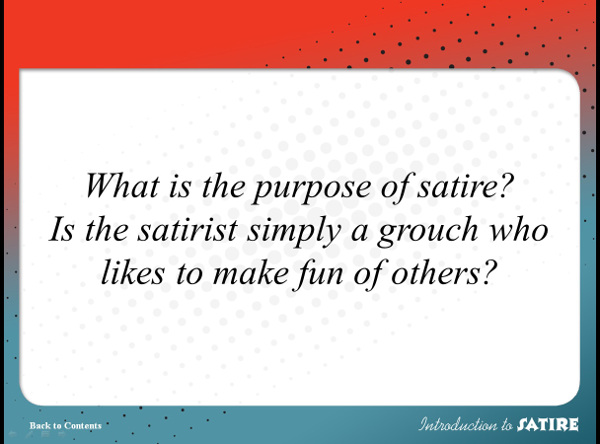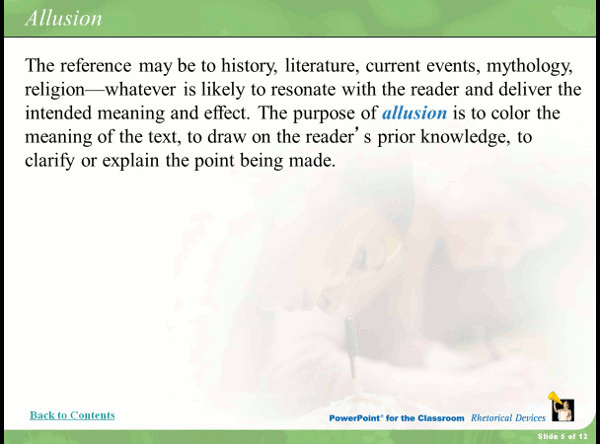Long before online learning became mainstream, English language arts teachers everywhere used digital presentations as part of their lesson plans. Whether they were built with PowerPoint, Google Slides, Prezi, or another program, digital presentations were the perfect way to explore new concepts with students and facilitate rich classroom discussion.
With schools constantly shifting through physical, distance, and hybrid learning in the time of COVID-19, digital presentations are more important than ever. Thanks to their format, they’re easily accessible for students and teachers alike, from the classroom to the home computer.
Digital presentations can be effective teaching tools. Great digital presentations can not only increase student engagement, but also help students remember your lessons and retain what they’ve learned.
So how do you make digital presentations that will benefit your students and capture their attention, and how do you avoid creating ones that just don't work?
Rule 1: Design presentations with student interaction in mind.
Getting students involved and engaged is the foundation of a great lesson—so make sure your presentations allow for it.
One way to do this is to embed questions throughout your presentation. This technique is especially effective if you ask questions on a topic just before explaining that topic. Your students will be thinking about the question(s) throughout your presentation, and that will keep them focused.
Here's an example:

The first question on this slide lets your students know that the next portion of the presentation will focus on the purpose of satire. Your students should be able to answer the question once you've finished your presentation.
A great way to keep students engaged is to have them answer the questions now, before you actually give them any information. This allows them to express their own ideas about the topic and lets you know whether they have any misconceptions about it. This quick assessment will give you the opportunity to adjust your presentation on the fly to take care of your students' unique needs.
Rule 2: Make 'em laugh.
If you can make your students laugh while you're teaching, they're going to pay attention. Humor can also give your students a mental break, refreshing them so they can absorb more information. This doesn’t mean you need to turn your presentation into a comedy show; just add some humor here and there.
Consider starting things off with a joke, a pun, or an amusing anecdote related to your topic. Students are more likely to follow the rest of your presentation if you hook them from the beginning. Adding funny visuals like short video clips or memes to your slides is another way to keep things entertaining. Which brings us to…
Rule 3: Use images that help you teach.
Our eyes are naturally drawn to images—that's why the old adage "a picture is worth a thousand words" endures.
That's also why you should take care to only use images that are going to help you teach. While liberally sprinkling pictures all over your presentation may make it look beautiful, too many images can be distracting. If an image doesn't support the point you're making on a slide, it probably doesn't need to be there.
Here's a good example of a combination of text and images:

The pictures on this slide work for two reasons:
- They support the point made in the second bullet: spelling was changing.
- They're mildly humorous (Rule 2!).
Finally, if you're going to use an image as a background, make sure the text on top contrasts with the image enough that your students can clearly read it.
Rule 4: Use bulleted lists. They're awesome.
Here are a few reasons why bulleted lists are great:
- They make the text easier to read.
- They highlight key ideas from the text.
- They're great for showing multiple examples.
Just keep an eye on the number of bullets you’re using per slide. Too many items in a list can overwhelm students and make it harder to absorb the information. Three to five short bullet points are generally a good amount.
Rule 5: Reveal information a little at a time.
Instead of presenting a lot of information to your students all at once, try tackling the content piece by piece. Like using bulleted lists, introducing information in small chunks makes it easier for students to process what you’re teaching. Most presentation software allows you to reveal a little bit of information at a time, usually by clicking on the slide to advance it.
In the GIF below, you can watch a good application of this rule. Each piece of information is blue when it first appears, and then it fades to gray when the next one shows up. While new details are placed at the forefront, students can still refer to the older information if needed.

Get to presenting!
Stick to these 5 important rules, and you'll be well on your way to creating great digital presentations that will truly benefit your students, no matter the classroom setting!
The slide images used in this post can be found in Introduction to Satire, Introduction to Shakespeare, and Rhetorical Devices.